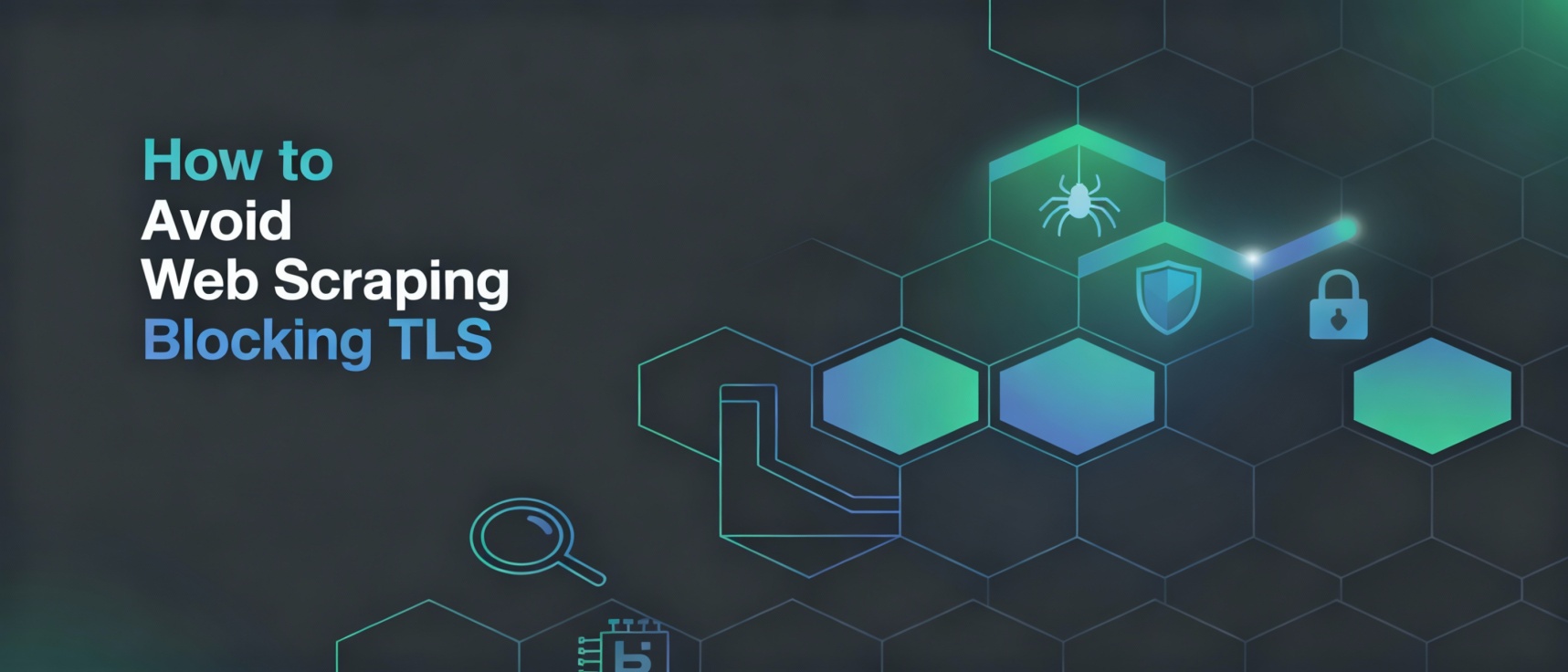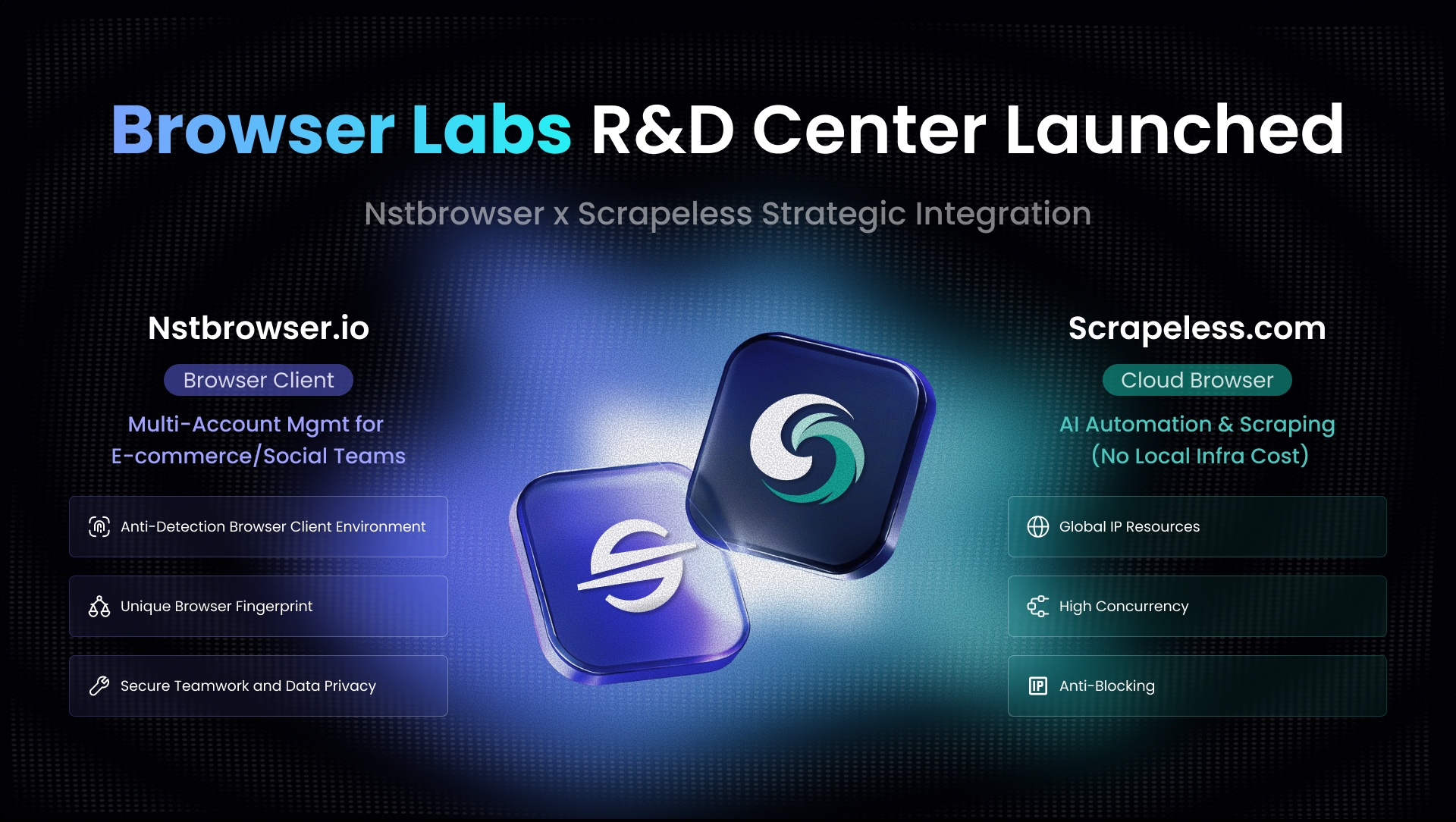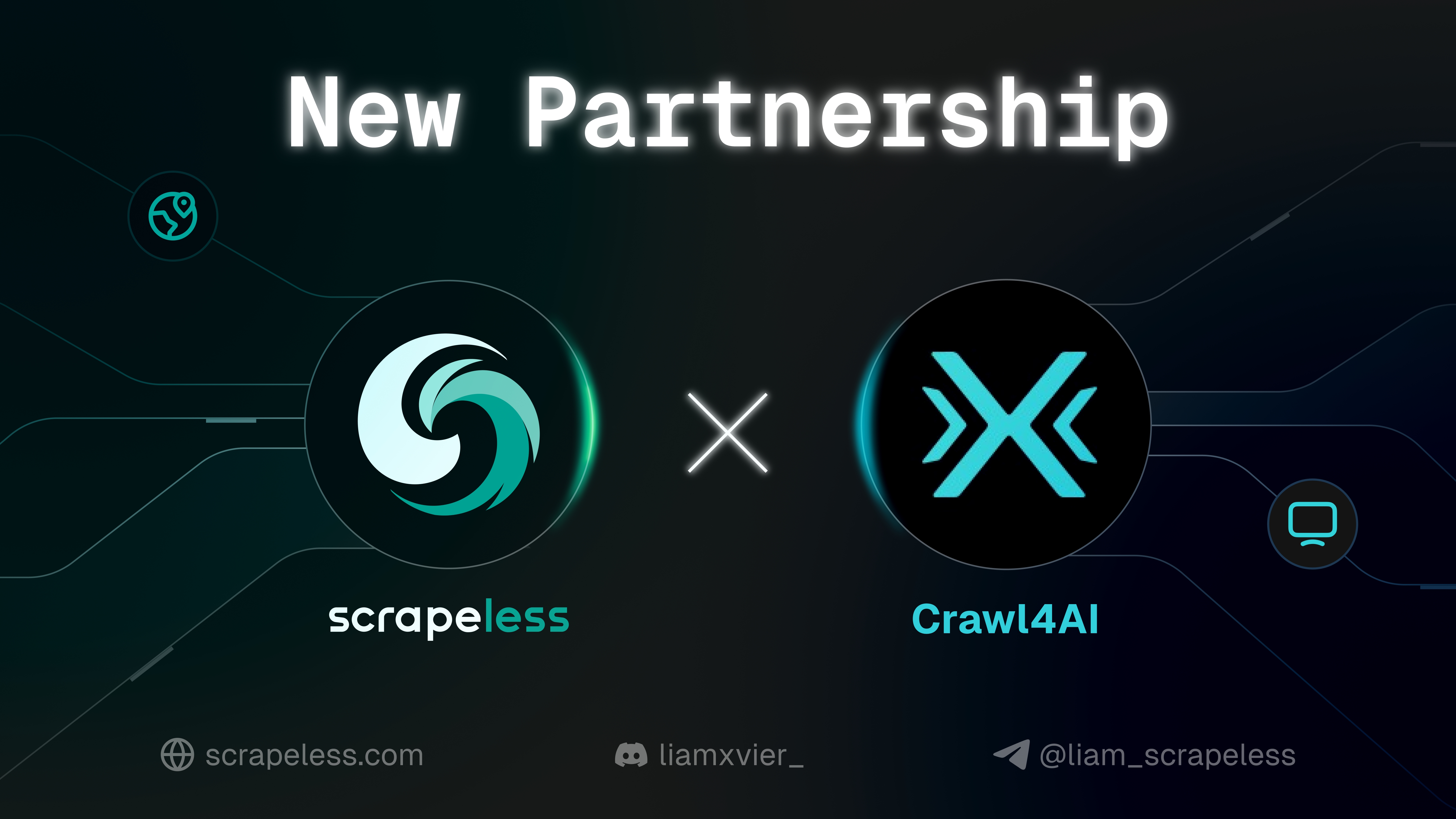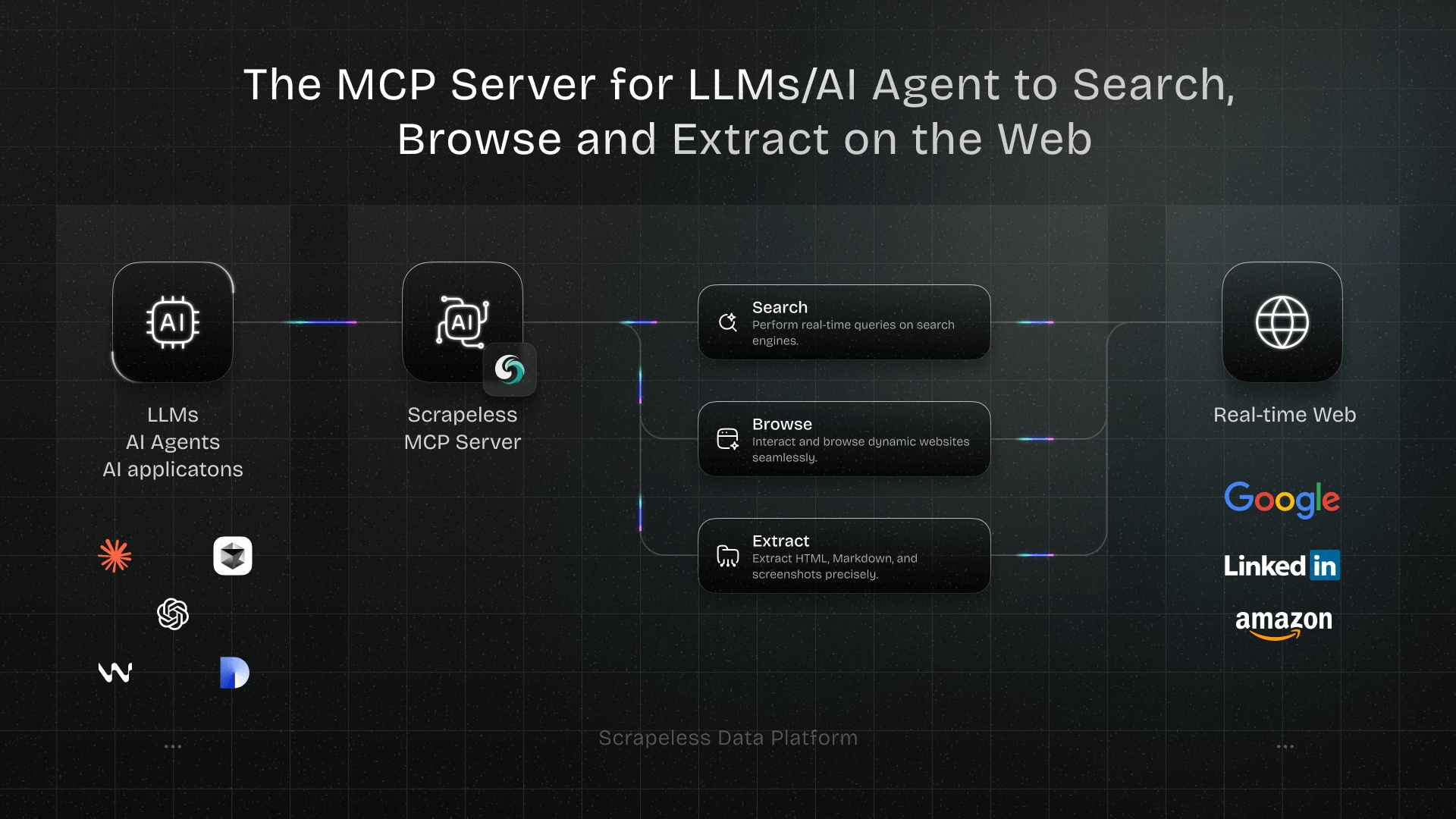How to Avoid Web Scraping Blocking TLS: A Complete Guide
Expert Network Defense Engineer
Introduction
Web scraping is crucial for data-driven projects, but TLS and other anti-bot protections can block automated requests. This article explains how to avoid web scraping blocking TLS, targeting developers, data analysts, and AI engineers. Readers will learn practical strategies, examples, and tools to maintain uninterrupted data collection.
What Is TLS Blocking?
Conclusion first: TLS blocking prevents unauthorized or automated clients from accessing web content. Websites use TLS (Transport Layer Security) alongside anti-bot systems to protect sensitive data.
- TLS handshake failures can flag bots.
- Cloudflare, DataDome, and similar services actively monitor TLS fingerprints.
- Understanding TLS behavior helps avoid request blocking.
Reference: Cloudflare Docs (nofollow)
Strategies to Avoid TLS Blocking
Conclusion first: Using advanced techniques and tools reduces TLS blocking risks while scraping.
1. Rotate IP Addresses
Frequent IP rotation mimics human behavior.
- Use residential or static proxies.
- Avoid repeated requests from the same IP.
- Combine with user-agent rotation for better results.
Example: Scraping e-commerce sites requires hundreds of IPs to prevent throttling.
2. Mimic Real Browsers
Conclusion first: Realistic browser fingerprinting prevents detection.
- Use full browser automation via Puppeteer or Playwright.
- Randomize headers, TLS fingerprints, and JavaScript execution patterns.
- Enable cookie persistence to simulate returning users.
Reference: OWASP TLS Fingerprinting (nofollow)
3. Adjust Request Timing
Conclusion first: Randomized request intervals reduce bot detection.
- Introduce human-like delays between requests.
- Avoid patterns that reveal scraping automation.
- Consider daily scraping quotas to minimize server load.
4. Bypass Anti-Bot Services
Conclusion first: Specialized tools handle anti-bot protections efficiently.
- Scrapeless Browser bypasses Cloudflare, DataDome, and similar services.
- Provides session recording, live view debugging, and fingerprint customization.
- Enables high-concurrency scraping without server resource limitations.
Use Case: Scraping ticketing platforms with strict TLS verification.
5. Monitor and Analyze Failures
Conclusion first: Logging TLS errors helps refine scraping methods.
- Capture handshake failures and connection resets.
- Adjust headers, TLS versions, or proxy configurations.
- Use visual session replays to identify detection patterns.
Reference: Mozilla Developer Network TLS (nofollow)
Comparison of Anti-Detection Techniques
Conclusion first: Combining multiple techniques ensures reliable scraping.
| Technique | Pros | Cons |
|---|---|---|
| IP Rotation | Reduces IP blocks | Costly for large scale |
| Browser Fingerprinting | Mimics humans | Complex setup |
| Request Timing | Avoids patterns | Slower scraping |
| Scrapeless Browser | Handles all protections | Subscription required |
Real-World Applications
Conclusion first: TLS-aware scraping is essential in multiple domains.
Case 1: E-Commerce Price Comparison
- Collect product prices from multiple stores.
- Maintain uninterrupted access despite TLS restrictions.
Case 2: Market Research
- Scrape competitor websites for insights.
- Avoid detection using browser automation and TLS compliance.
Case 3: AI Data Collection
- Gather web data for AI model training.
- Ensure HTTPS and TLS compliance to prevent dropped connections.
Recommended Tool: Scrapeless Browser
Conclusion first: Scrapeless Browser simplifies TLS-compliant web scraping.
- Automatic handling of TLS and anti-bot challenges.
- Session recordings for debugging and optimization.
- High concurrency without local server bottlenecks.
- Free Trial
Use Case: Automatically scrape social media data while bypassing TLS and anti-bot protection.
Conclusion & CTA
Avoiding TLS blocking requires IP rotation, realistic browser behavior, request timing, and monitoring. Using Scrapeless Browser ensures uninterrupted web scraping with automated TLS compliance. Start your free trial and enhance your data automation today.
Key Takeaways
- TLS blocking prevents automated requests from unauthorized clients.
- Rotate IPs, mimic browsers, and adjust timing to avoid detection.
- Scrapeless Browser provides a complete solution for TLS-compliant scraping.
FAQ
Q1: What is TLS blocking in web scraping?
TLS blocking uses TLS handshake and fingerprints to detect and prevent bots.
Q2: How does IP rotation help?
Frequent IP changes prevent servers from flagging repeated requests.
Q3: Can regular proxies bypass TLS blocking?
Residential or static proxies help, but browser fingerprinting is also required.
Q4: Why is Scrapeless Browser recommended?
It automates TLS compliance and bypasses anti-bot services efficiently.
Q5: Are there legal risks with TLS scraping?
Always check the website’s terms of service and comply with local laws.
Internal Links Suggestion
At Scrapeless, we only access publicly available data while strictly complying with applicable laws, regulations, and website privacy policies. The content in this blog is for demonstration purposes only and does not involve any illegal or infringing activities. We make no guarantees and disclaim all liability for the use of information from this blog or third-party links. Before engaging in any scraping activities, consult your legal advisor and review the target website's terms of service or obtain the necessary permissions.



